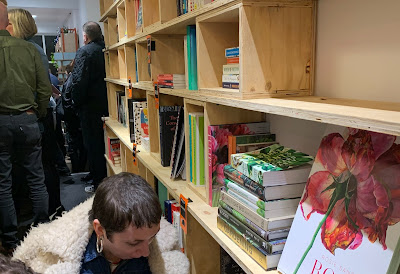Tails of Grief and Love
When your pet dog or cat is put to sleep, you often leave the surgery with their empty collar in your hand. I have kept all my pets’ collars; they are never used by another dog or cat.
Matisse’s collar is purple and chunky. Because he pulled so much on the lead, he wore a head collar, making his regular collar more of a marker of ownership and a holder for his name tag than anything else.
A year after he died, I was asked to bring a meaningful object to a sociology lecture at university. I chose Matisse’s collar. As I spoke about its material, its purpose, and its significance, I unclipped it—and some of Matisse’s hair fell onto the desk. I stopped, unable to speak, overwhelmed with emotion.
That moment changed the course of my life. My father had passed away just a few months earlier, and when he died, I received compassionate leave from work and extensions for my university studies. But when Matisse died—just six months before my father—I wasn’t offered any support. He had been with me for nearly 18 years, arriving long before my husband and daughter. Was it assumed that I was closer to my father than to my dog? Or was I reluctant to tell people about my grief for Matisse, fearing a lack of understanding?
I decided to find out. I interviewed pet owners who had experienced the loss of a pet in the previous twelve months. That research became my dissertation, which has recently been published. I had grand plans for the support and awareness I wanted to build, exploring how grief is often stigmatised, how some pets are considered “mournable,” and how others are not.
Then COVID struck. I remember sitting in my car, waiting for a routine veterinary appointment, watching people saying goodbye to their pets in car parks. Some pets were being put to sleep in car boots, their owners left to grieve in full view of everyone. The vets, constrained by PPE, seemed unable to offer the usual comfort and empathy. It was heartbreaking to witness, and I carried that image with me as I drove home with my healthy pet.
When I later took a job in HR, one of my first changes was to amend the compassionate leave policy to include the phrase “or anyone else you were close to.” This small adjustment allowed us to offer support to employees grieving the loss of a pet or navigating emergency care for one.
I’m now creating a community and support space called Tails of Grief and Love. This aims to collect and share stories and experiences, offering support to pet owners while gently encouraging society to acknowledge the grief of losing a beloved pet as valid and worthy of compassion—just as we do for the loss of a close family member or friend.



Comments